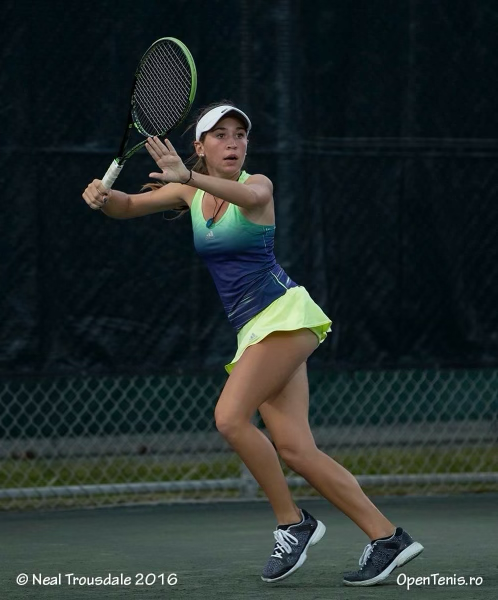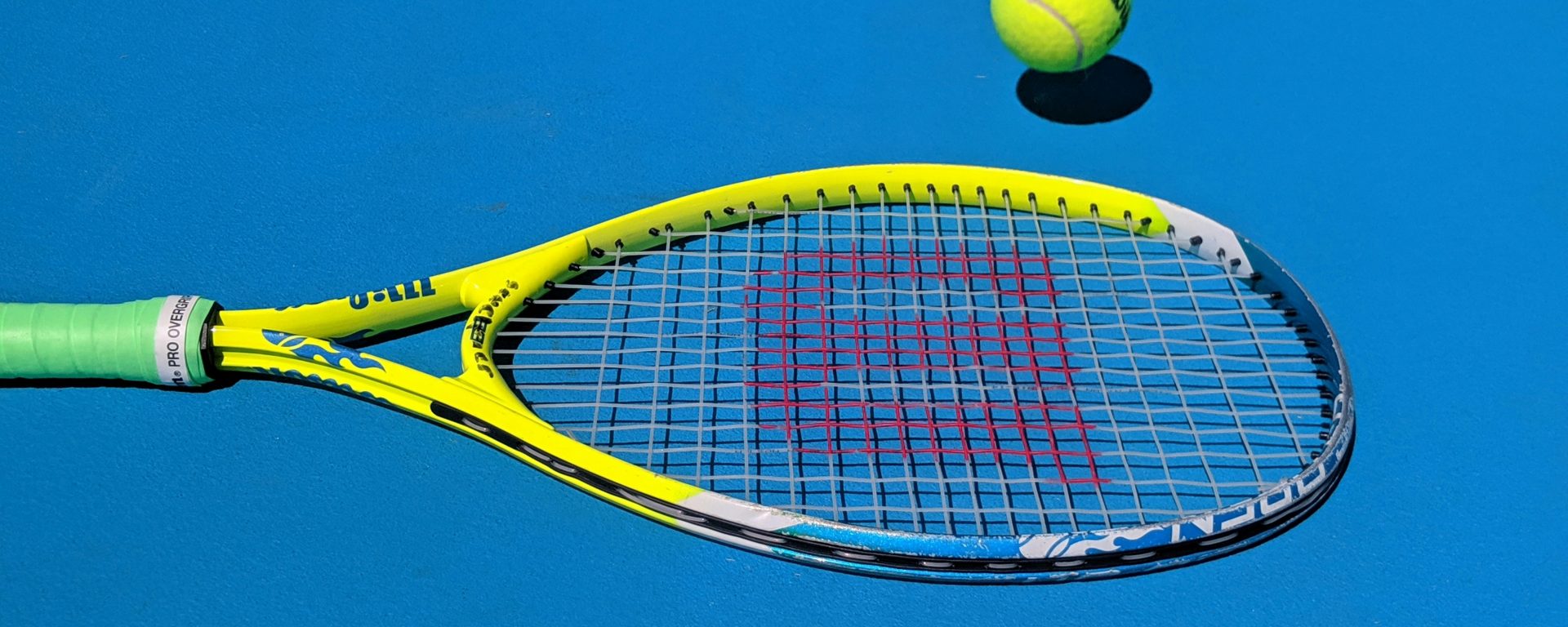Since the inception of the National Collegiate Athletic Association otherwise known as the “NCAA”, student-athletes were not able to collect any type of financial benefits while they were playing collegiate-level sports. Fast forward to today, student-athletes are now allowed to make profits off of their “name, image, and likeness” aka “NIL,” a type of intellectual property right that’s grouped under the right of publicity (essentially gives each person the exclusive right to use and license their identity for commercial promotion). What I and many others were once not allowed to partake in, is now available and encouraged for all student-athletes. Some student-athletes are already making millions in deals and sponsorships!
I started playing when I was 6 years old and ultimately ended up with an international ranking of 314 in the world, and a full Division I athletic scholarship. However, when I played in college, I, along with friends from other sports, were frustrated with the number of rules we had to abide by just to ensure we were compliant with the NCAA and maintained our eligibility. Student-athletes were not able to profit whatsoever off our brands, have agents, sign contracts, etc., until we graduated or played professionally. However, in 2021 that changed for every student-athlete around the country!

What is “NIL” and Why is it Relevant for Student-Athletes?
Before discussing how student-athletes are using NIL, let’s first dive into what it is and how it came about. NIL stems from the right of publicity which is a type of intellectual property right. The right of publicity basically prohibits others from using your name, image, and likeness without your permission, the right even extends to your actual voice! It allows a person to control and profit from the commercial use of their own name, likeness, and persona while prohibiting others from doing so. Typically, celebrities are the ones that have right of publicity issues, usually when companies or brands use the celebrity’s name or image without permission commercially. However, there have been cases when non-famous people have filed right of publicity suits too, meaning that they are not just limited to celebrities!
For example, Fraley v. Facebook is a famous right of publicity case involving non-celebrities. In a class action against Facebook, the plaintiffs sued Facebook for the unauthorized commercial use of their names and likeness for targeted ads. The Court found that celebrity-level fame was not necessary, and the fact that they were not compensated was sufficient for a winning judgment!
Turning back to NIL and student-athletes. Before July 1, 2021, student-athletes were explicitly prohibited from signing any types of deals, having agents, or profiting whatsoever outside of traditional jobs. This rule frustrated many because partaking in college sports was a full-time job. We – the student-athletes – were the schools’ employees. It logically followed that we should have been given at least some benefits, considering the amount of money that gets generated for schools from their athletic departments. However, many pushed back, including the NCAA. They claimed that student-athletes already had so many advantages and that it should be a privilege to play, not a salary. The argument was that student-athletes were “amateurs” and in order to maintain their “amateur” role, they cannot be paid like professional athletes. This mentality ruled over the last few decades; however, in 2021, it all changed.
The NCAA’s “180” on NIL
From 2019-2021, several states, student-athletes, and even the Supreme Court had all been involved in changing the landscape to allow for student-athletes to benefit from their name, image, and likeness. Finally, the NCAA listened. On July 1, 2021, the NCAA rules allowing for student-athletes to benefit from their name, image, and likeness went into effect. This incredible change now allowed for student-athletes to sign brand deals, hire agents, and profit off their “brand.” The opportunity to pursue all of these amazing intellectual property benefits were only allowed once we graduated or pursued professional careers!
Trademarks, Copyrights, & NIL
While most people think only about NIL when talking about student-athletes and their new brand deals, there are several other types of IP rights that are now implicated as well. Since the NCAA’s change of heart, student-athletes can now get trademark and copyright protection as well as NIL deals.
What exactly is a trademark you might ask? A trademark can be any word, phrase, or symbol that identifies your goods or services and is used in commerce. Say, for example, a collegiate football player starts to make t-shirts and has his last name or a logo that he created on the t-shirts sold. Those would be examples of potential trademarks used by a student-athlete, that he previously was not allowed to do! Along with trademarks, student-athletes can also get copyright protection. A copyright can be granted on an original work of authorship that is fixed in a tangible medium (basically meaning that it has to be written or recorded somewhere). Copyrighted material can range from blog posts like this one to movies or architectural works! A student-athlete could get copyright protection for motivational poems she posts on her workout blog! All of these rights put together create the perfect IP bundle for up-and-coming stars in the athletic world!

How Division I Tennis and Smaller Sports Are Impacted
Turning back to my collegiate athletic experience and NIL. I often wonder how much of an impact the new NIL rule would have had on me. Would I have gotten many deals? Could I have signed significant contracts with brands? Would I have found IP earlier because of NIL? As much as I would hope that I could have, the reality for sports outside of football and basketball is grim. Most current and former student-athletes regardless of school and athletic rankings will tell you that teams are treated differently depending on what sport you play. Many friends of mine who are former student-athletes, along with myself, realized quite quickly that if you don’t play football, basketball, or baseball, you fall visibly within their shadows. Those are the “money maker” sports, and they are treated as such.
The new NIL rules create quite a dilemma because the athletes who play sports that are popular in this country and draw massive crowds were already given special treatment prior to NIL. Now, those are the athletes who are benefiting the most from these deals, while college sports that don’t draw crowds as big are left in the dust. For example, Miami Hurricanes commit Jaden Rashada, just signed a $9.5 million dollar deal, and Norfolk State running back “King of NIL,” Rayquan Smith has around 66 NIL deals. The current top 12 deals in NIL are all football players, with deals in the millions.
As a former student-athlete who played women’s tennis, I can guarantee that the “smaller” sports like tennis, golf, swimming, lacrosse, soccer, rowing, etc., will never reap the benefits their football or basketball counterparts are gleaning. Regardless of what sport you play and how popular society views it, every single student who made it to the collegiate level had to make the same sacrifices, put in the same hours, and master their sport to a level that not many can. I speak from experience, and the experience of many others when I say that there already was a disparity prior to NIL with how football, basketball, and baseball were treated compared to the rest of the sports. NIL makes the disparity even bigger and will continue to let student-athletes who are just as deserving, get left behind.
Alexandra Angyalosy
Associate Blogger
Loyola University Chicago School of Law, J.D. 2024
